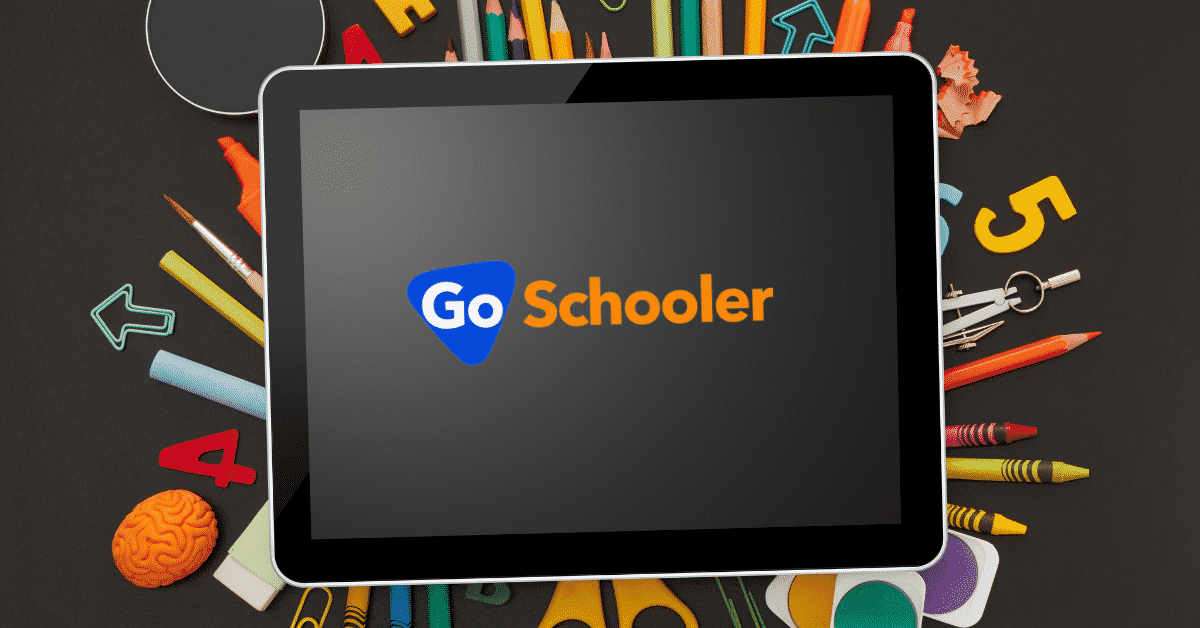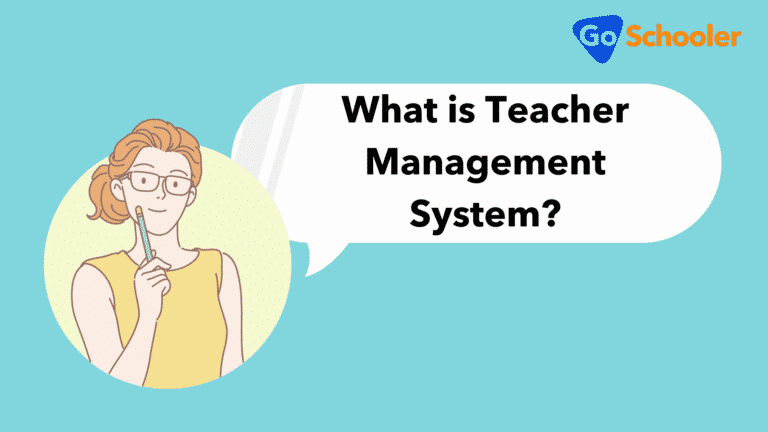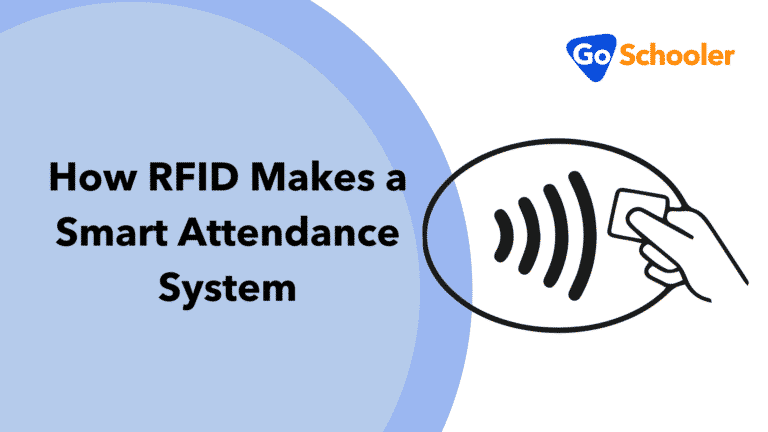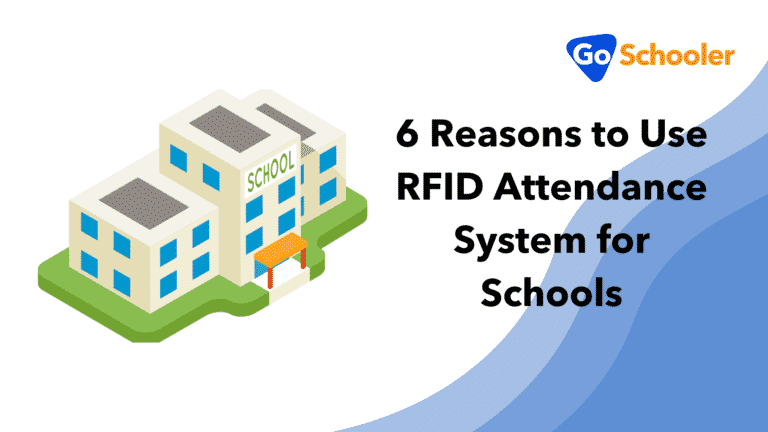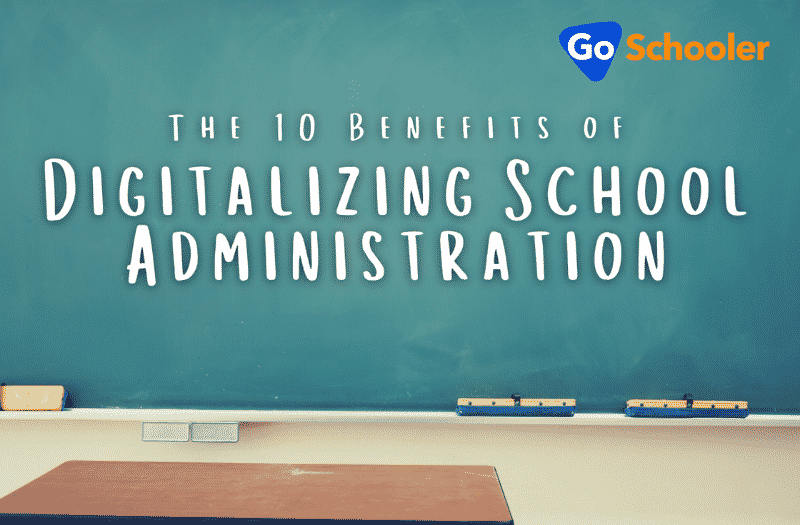
Technology has transformed industries, old and new, and education is no exception. School management software programs have found their way into colleges and school systems. And, wherever they go, digitalization follows.
What is digitalization, and what can it offer to educational institutions? How does one even digitalize something as complex as school administration? Are there any drawbacks to digitalization? Read on for our answers to these questions.
What is Digitalization?
First, let’s understand more about what digitalization is. Digitalization is the improvement of specific processes by using digitized data and digital technology. It’s different from digitization, which simply means representing a physical or an attribute as data. In simple terms, digitalization is the transformation from non-digital to digital. It involves human-driven processes and transforms them into software-driven ones.
How Does One Digitalize School Administration?
Paper-based processes and manual administration tasks can hold school staff back. Being busy and being productive doesn’t mean the same thing.
You can spend hours performing admin duties that take you away from your core responsibilities every day. And when you have less time for more critical tasks, the quality of your work will suffer.
Digitalizing school administration can be as straightforward as transforming manual processes into automated ones. Teachers and staff may already use computer programs to automate some of their administrative tasks. So, why is there a need for centralized school management software?
10 Benefits of Digitalizing School Administration
School management software systems can streamline a wide range of school administration tasks and processes. They can come equipped with features such as timetable management, accounting, classroom management, and centralized communications. Any of these features are already appealing on their own! And a digitalized school administration system can offer so much more.
Here are 10 key benefits of digitalizing school administration systems:
1. Saves Time and Boosts Productivity
Now, these are benefits you would expect to see with any digitalized system. Regular administrative tasks take teachers’ and administrators’ time away from their more important activities. School management software allows staff and teachers to focus on their primary responsibilities without their other responsibilities falling by the wayside. And schools can integrate their software with third-party features, offering even more benefits and functionalities.
2. Efficient Monitoring
Digitized school data can help school management monitor staff, teachers, and student performance. Not only can school management keep track of staff and student activity, but they can also keep track of their classroom attendance and academic progress. This means that school management can make better staffing decisions based on performance. Or teachers can more timely address a student’s academic or disciplinary issue.
3. Accurate Data Collection and Reports Generation
A school, as does any business, benefits from analytics interpretation and strategic planning. This is where accurate data collection and report generation comes in. Gone are the days when school administrators needed a team of people to work on data collection and reports for weeks. Now, everything a school administrator wants to know is just a click of a button away.
Parents can receive more accurate and frequent updates on their child’s performance reports. The system registers the grade as soon as the exam is over, and teachers can generate report cards with little fuss.
4. Expense Cuts
According to Edutopia, a school of 100 teachers can use up to 250,000 sheets of paper every year. Schools this size spend somewhere around $30,000 on paper and printing alone. And this number doesn’t even include the paper and printing used by non-teaching staff members.
Reducing the expense of paper and printing is one obvious benefit of digitalizing school administration. Though you may not plan to go completely paperless, you could see $3,000 in savings just by reducing paper consumption by 10%.
5. Student Information and Record Keeping
School management software systems can help manage student data from admission day to graduation day. Students will study a curriculum taught by different teachers. They’ll take tests, join contests, and take part in presentations. They may get detention, be in a theater club, or serve on the student council.
There is so much data in a student’s educational life cycle! It only makes sense to digitize this data for both record keeping and analytics.
6. Timetable Management
An efficient school runs on a timetable. Timetables allow school staff and teachers to know precisely where they should be and what they should be doing. They simply need to take a quick look at their timetable, and they’d know if they’re on track or running late. School management software systems with timetable management features can help create class timetables, staff timetables, and even institutional timetables.
Manual timetables can take teachers hours or days to make. And when the timeline needs adjustments, there is every chance that you’ll need to discard the whole thing and start from scratch.
But a school can program timetable management software to resolve any changes that arise in the schedule. For example, if a teacher calls in sick, the system will automatically contact a substitute teacher.
And a timetable management system can be integrated into a school management system to help administrators make better use of school resources. This includes the use of school facilities like gyms, cafeterias, labs, auditoriums, and school bus systems.
7. Email Management
Statistics show that sorting through your daily emails can take up 28% of your workday! That’s an unreasonable amount of time to spend on something that may not be part of your primary responsibilities. By automating email management, only essential work emails find their way to you. It also allows you to set up automatic responses for different email recipients.
8. Appointment Setting
Finding time for appointments may be difficult. School staff members all have busy schedules and different office hours. It could be nearly impossible to find a common free time that won’t take away from anyone’s lunch hour. But, with school timetable management systems, you can schedule appointments with a click of a button. The system can automatically determine the best time for meetings.
9. Accounting
Writing checks for utility bills and other expenses may take a significant amount of your day. It may take you even more time if you still need to enter these payments into an Excel file or some other manual accounting system. School administration systems can take care of bills, payments, and general accounting, so school staff members don’t waste hours on trivial and time-consuming accounting tasks.
You can set up auto-payments for bills and prepare accounting reports with integrated accounting systems. And you can accept payments that are automatically reconciled with accounting.
10. Communication
Communicating with students and their parents is much easier for staff with school management systems. School administrators can let students and their parents know when there are changes to class schedules or when there are class cancelations. These systems can be used for internal communications too. Some schools even make use of mobile apps that teachers, students, and parents can download for faster and more efficient news distribution.
The Drawbacks of School Administration Systems
Shifting from manual to automated systems may be difficult for traditional schools. Older staff members and teachers may find it hard to adjust to more modern school management solutions.
Teachers may feel that they didn’t receive enough time for training. Or those who rely entirely on computer systems may forget how to perform their tasks manually.
While the education sector is no stranger to big changes, the most glaring drawback of implementing school administration systems is the initial cost. School management software programs can easily cost thousands of dollars for the basic features. Additional features may cost more to integrate.
Customized solutions will require development teams to learn about your business goals and specific requirements. Tailor-fit school management solutions cost more than off-the-shelf software systems.
Conclusion
School administration automation can help teachers and staff members with various administrative tasks. They can help schools save time, money, and labor hours. They also provide much-needed features like timetable management, email management, data collection, report generation, record keeping, and many more.
The benefits of digitalizing school administration far outweigh its drawbacks. It’s only smart for school administrators to consider going digital in the information age.

